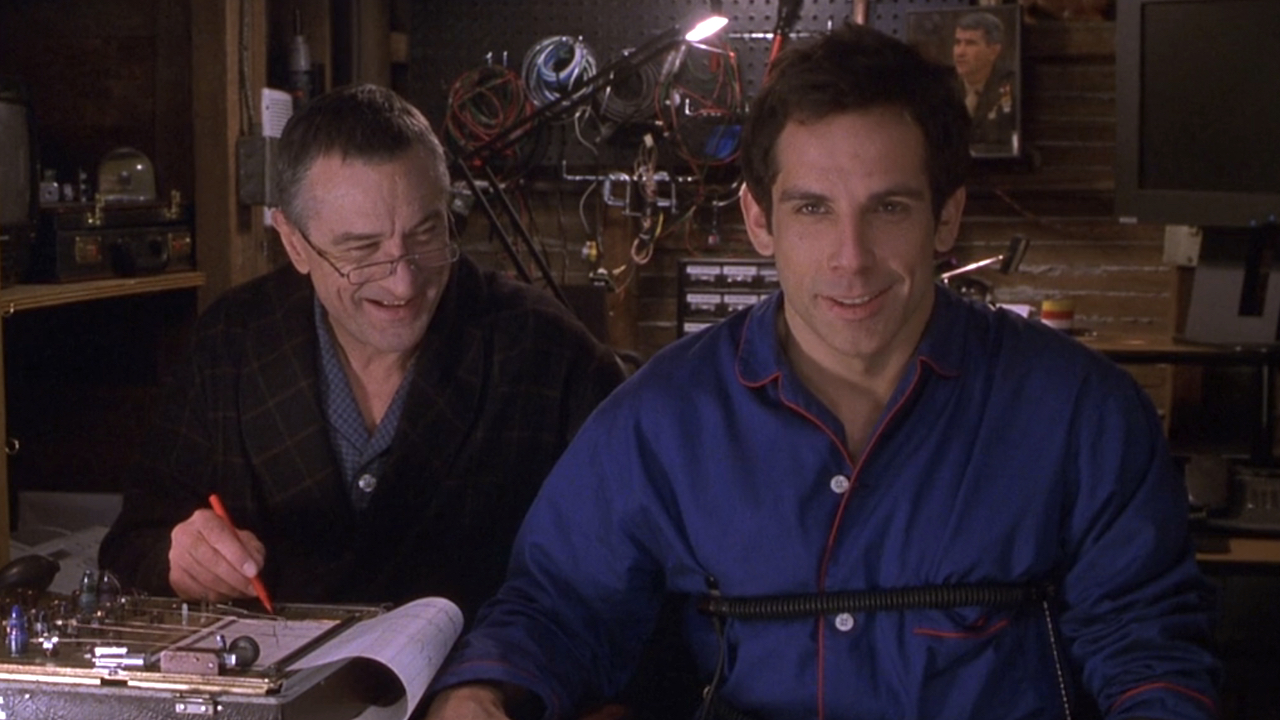Television
Latest about Television

2025 Had A Lot Of Great Medical TV Shows, And One Of The Best Wasn’t Even A Drama
By Laura Hurley published
Medical shows don't have to be depressing.

The Story Behind How Maya Rudolph's SNL Cold Open With Kamala Harris Happened, And How Beyoncé Was Connected To It
By Laura Hurley published
Definitely one of the highlights of Saturday Night Live's Season 50.

DWTS’ Hayley Erbert Hough Wanted Chris Hemsworth On The Show, But I’m More Hyped Over The Music Icon She’s Hoping Will Compete
By Heidi Venable published
This would be iconic.

The Four-Word Response Simon Cowell Would Have If His Son Gave A Bad Singing Audition
By Carly Levy published
Never would have expected anything less.

After Chevy Chase Reveals He Spent Part Of 2021 In Coma Due To Heart Issues, His Absence From SNL50 Hits Different
By Erik Swann published
This adds a new layer to the situation.

After Boston Blue Gave An Update On Danny’s Son Jack, An EP Explained Why They’re Keeping Him So Far Away
By Megan Behnke published
Jack Reagan is in a very interesting position.

Where David Spade And Eddie Murphy Stand Years After That SNL Diss: ‘I Did Feel A Little Guilty About It’
By Heidi Venable published
Water under the bridge?

Ryan Seacrest Posted About Celebrating First Christmas Since His Dad’s Death, And Fans Reached Out With Sweet Thoughts
By Carly Levy published
The best way to spread Christmas cheer.
CINEMABLEND NEWSLETTER
Your Daily Blend of Entertainment News
LATEST ARTICLES


